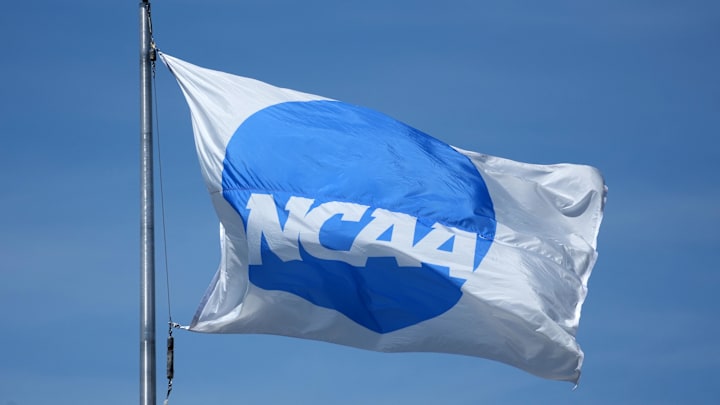The last few years in College Football have been defined by the NIL and Transfer Portal era in the sport. As players were allowed to start earning money while in college it became more valuable to get on the field as soon as possible. The transfer portal gave players the route to instant playing time while also giving schools a way to entice athletes to make the move, allowing programs to practically buy players.
The NCAA’s transfer portal, intended to empower student‑athletes with freedom, has spun into a chaotic free‑for‑all—enabled by:
- Multiple transfer windows in the offseason disrupting team coherence and spring practice. Having two transfer windows and for how long the window is open each time needs to be condensed into a better format.
- Unlimited transfers, with players entering the portal as often as they want, undermining roster stability. This has also made the sport turn into a one-year free agency every year without any limits on how often players can transfer, and also no breach of contract repercussions.
- Rampant tampering, NIL-driven poaching, and late-season recruitment chaos. Players know where they’re going before the final month of the season even ends. This is the NCAA’s fault for not controlling this, so coaches will do what they have to do to stay on top. This has also trickled into spring practice, and coaches are opting against the spring game, with how bad tampering has become.
Proposed Fixes
1. Single Annual Transfer Window
Move to a single, short portal window—either in December or early January after bowl season, or in May post-academics. This would:
- Keeps players and teams intact during spring practices
- Eliminate mid-season instability and keep players focused on the team they’re currently on. Also, so the players don’t have to worry about transferring during bowl game preparation and even CFP participation. Players feel forced into getting ahead of the game so they don’t miss out on opportunities from other teams. This will also ensure players get an accurate read on which players are entering the draft or not too so they could see more opportunities with their current team.
In fact, the NCAA's Football Oversight Committee has already recommended scrapping the spring window for 2025. This would be a perfect move and then sliding the December window back into January for about 14-21 days as a one-time only option.
2. Talent Acquisition Fee (Transfer Fee)
NIU AD Sean Frazier suggests a system akin to European soccer, where the receiving school pays the origin school a fee. This:
- Offers compensation to smaller programs for player development which is well deserved. It’s not fair for these programs to build up younger talent only for them to transfer away within 1-2 years anyway. These coaches want the best for those players but they also want more incentive for themselves to continue on their own success as well.
- Adds structure and transparency to transfers. Keeps everyone associated happy. From player to the coach losing the talented player to the team acquiring the player.
However, legal scrutiny may arise, as U.S. courts typically resist restrictions on athlete mobility.
3. Player Incentive Structures & Revenue-Sharing
Analysts like Josh Pate and Joel Klatt propose:
- Revenue-sharing bonuses for roster continuity—players earn extra by staying at one school.
- A collective bargaining agreement to cap transfers (e.g., one undergrad + one grad transfer) and manage NIL agent roles. Also adding more verbiage into the NIL contracts so players stay or deal with consequences if they breach contracts. This is exactly what professional sports do so there’s not a free for all and keeps the players committed to their teams' vision.
Balancing Player Rights & Stability
The key is striking a balance between player flexibility and program stability. The players have been in the basement when it comes to being treated fairly for a long time now up until these recent new changes to NIL and transfer portal. Just like with everything else in life, there needs to be more checks and balances. An actual higher power or College Football commissioner needs to be implemented. The perfect person for the job could be legendary coach Nick Saban.
Recommended Path Forward
- Implement one annual portal window—post-academics or post-season.
- Eliminate spring window and halt in-season movement.
- Introduce a nominal transfer fee to support smaller programs.
- Institute revenue-sharing incentives to reward loyalty.
- Enact transfer caps via CBA and regulate agent behavior.
Final Thoughts
The transfer portal reflects a seismic shift in college football. This change was much needed for the sport but went too far in one direction with a common medium that should be coming sooner rather than later. To maintain fairness and preserve integrity, reforms must come fast and thoughtfully blending transparency, legal compliance, and real incentives to keep all parties responsible.
